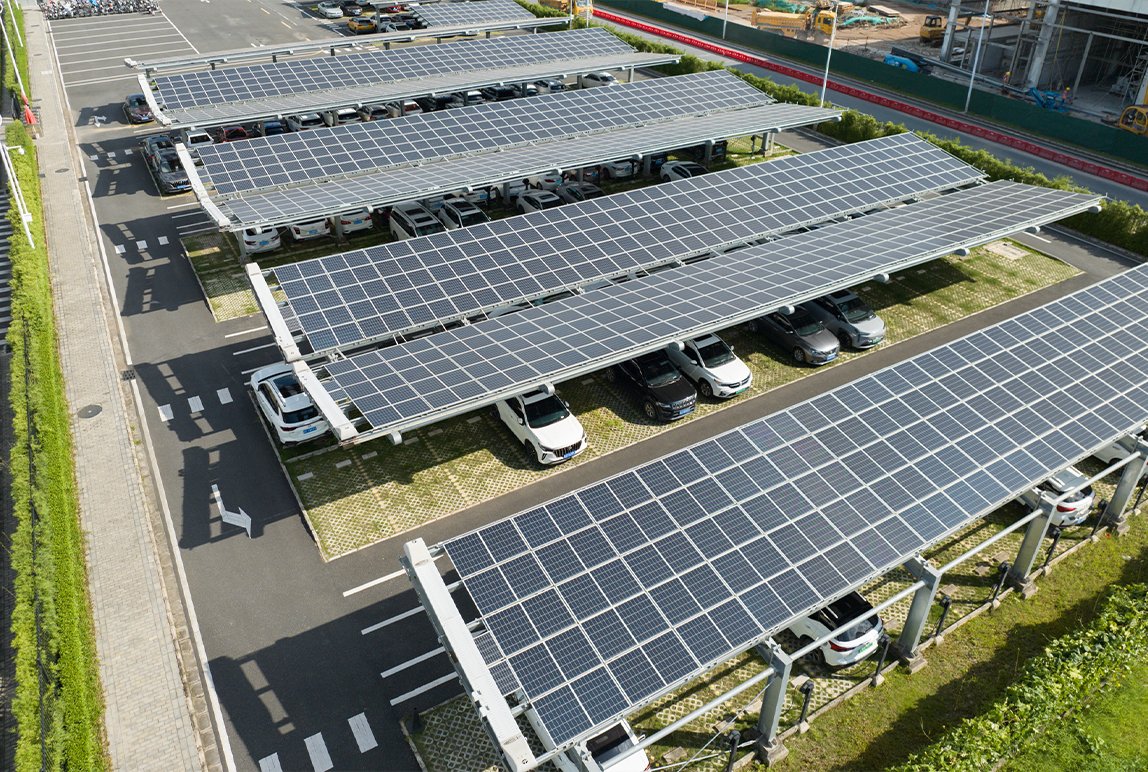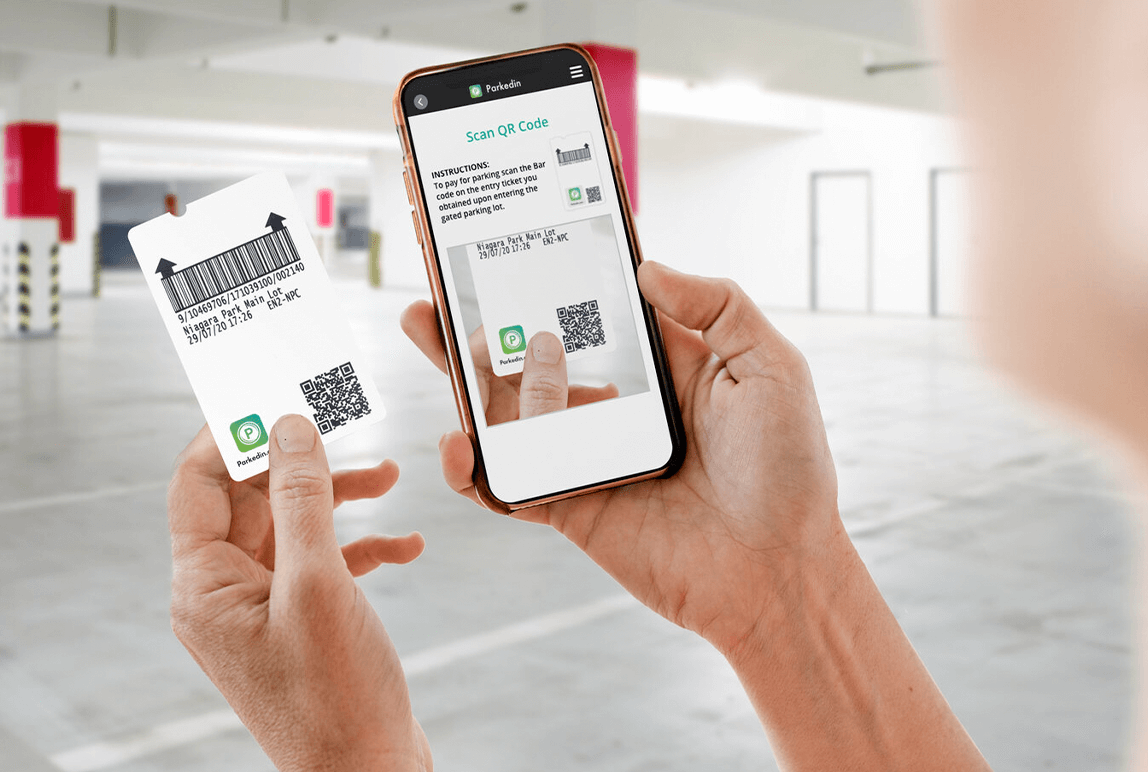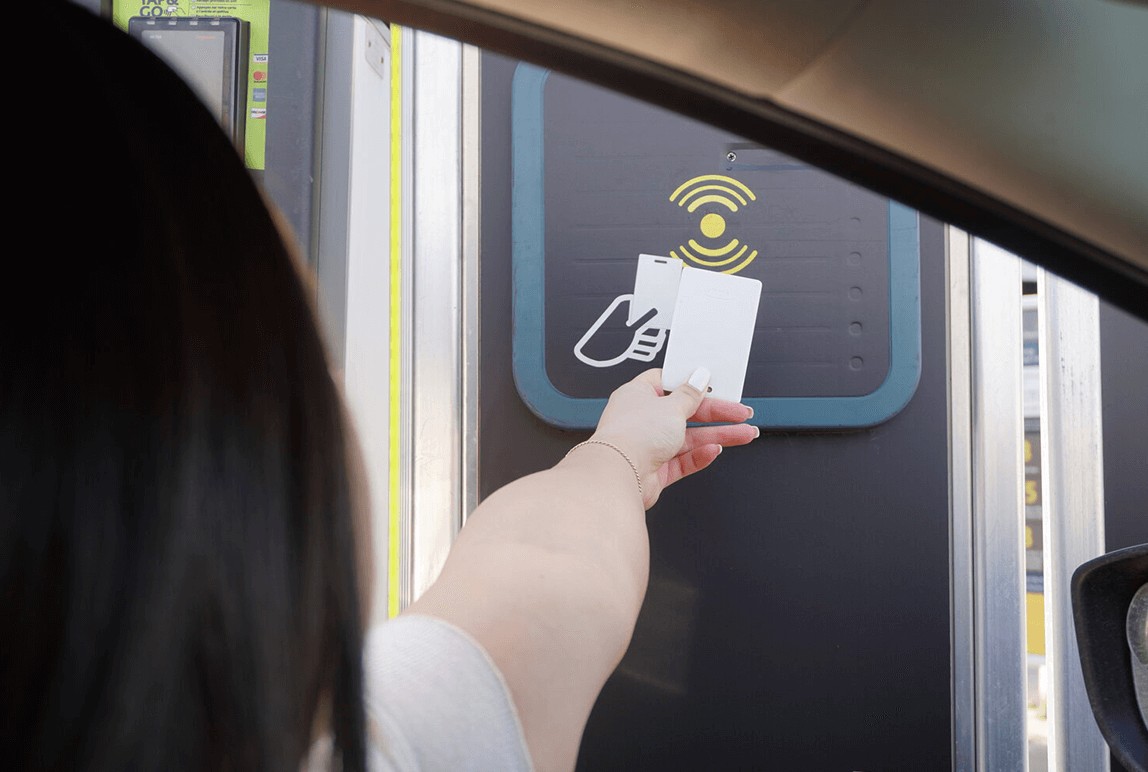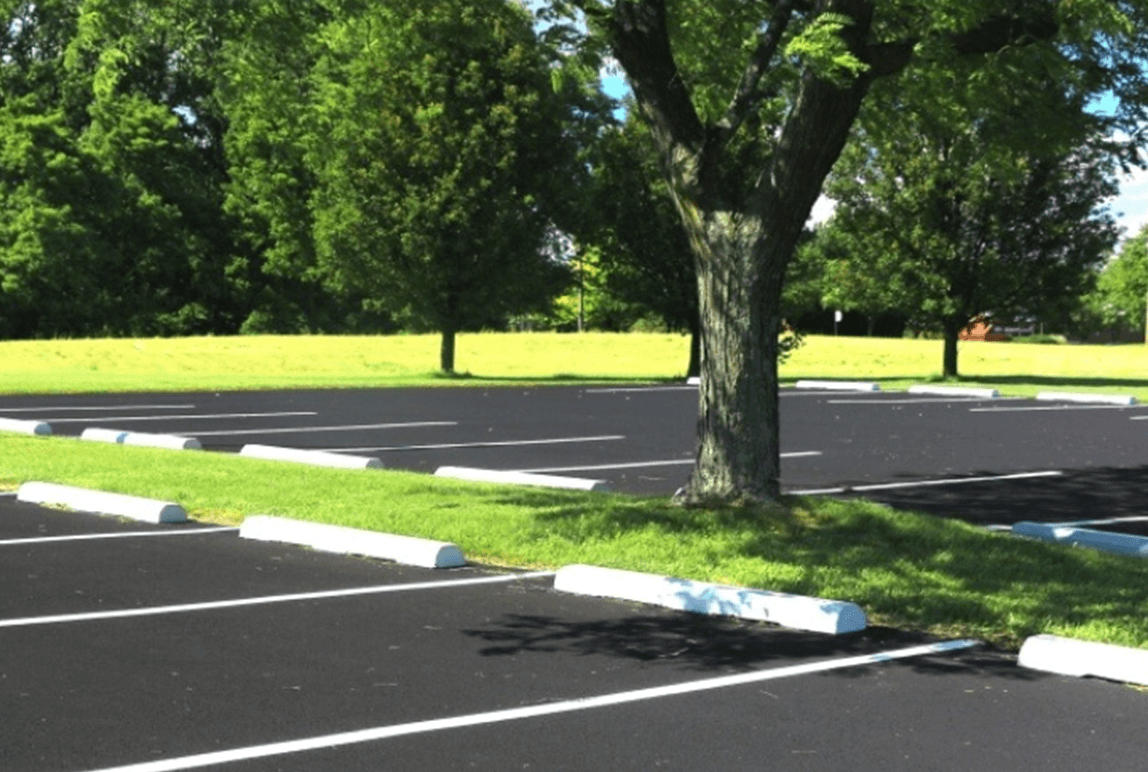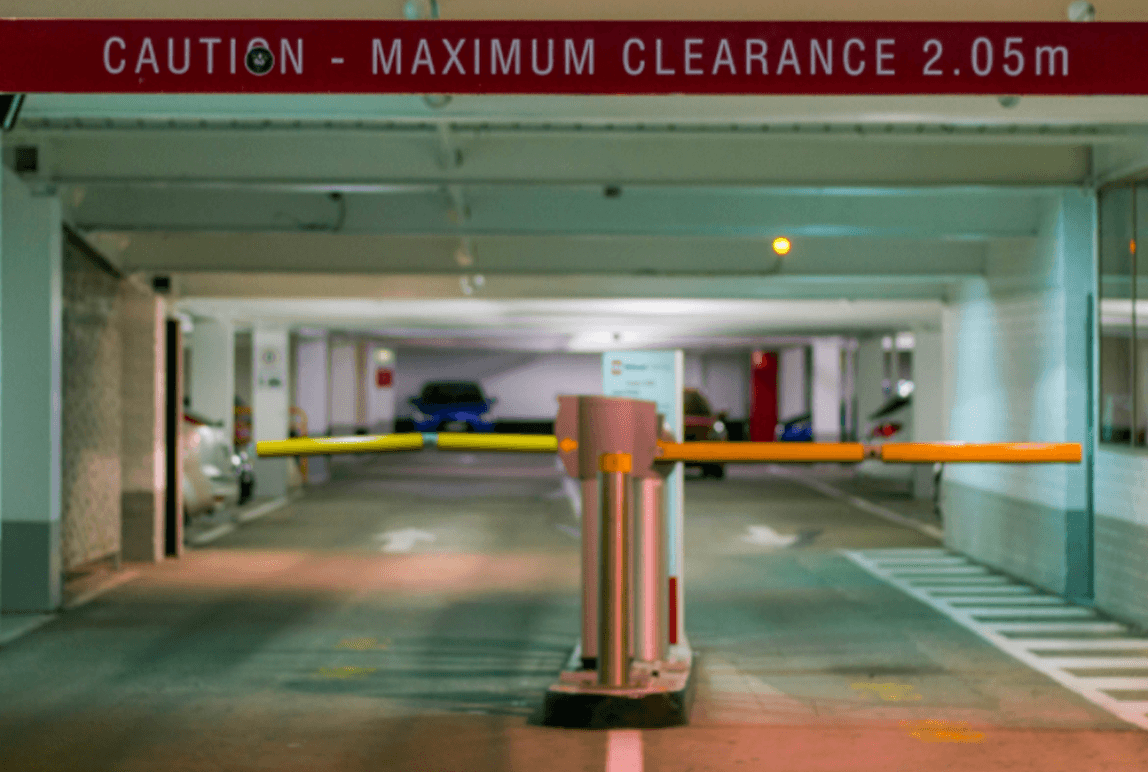Must-have Features for Your Mobile Parking Payment App
Posted: Sept, 08, 2020 10:05AM ET • 4 min read
Recent trends in the Canadian parking market indicate that drivers prefer to use mobile parking apps that resemble the user-friendly and familiar experience offered at a parking meter.
In fact, roughly 30% of consumers are using mobile apps to pay for parking. With the growing population that prefers to pay for parking using an app, it’s expected that this number will increase by 150% in the near future.
Mobile parking payment apps enable customers to pay for parking in real time using a mobile device or any web-enabled device. Not only do mobile parking payment apps provide your customers a seamless parking experience, they increase parking revenue for property owners. Mobile payment apps leave visitors to your facility with no excuse not to pay for or top up their parking sessions. With mobile payment, users can pay for parking on the go in a matter of seconds from wherever they are.
If you’re considering implementing a new, mobile parking app or upgrading your current app solution, here are a few features you should add to your list:
Easy registration: The mobile parking app should walk users step by step through the registration process.
Start, stop, extend time: The main purpose of mobile parking apps is the convenience of being able to remotely start, stop, and extend time for a parking session.
Reminder notifications: Mobile parking apps should remind users via SMS text message and/or push notifications when a parking session is about to expire. This way, if necessary, users can conveniently top up their session on the go. This is a core feature of mobile parking apps. A bonus app feature is enabling users to adjust the reminder time, allowing them to choose how long before expiration they want to receive reminders.
Easy and secure payment: The mobile parking app should feature an easy way for users to pay. It should also allow users to store multiple payment cards so they can choose how they’d like to pay before activating a parking session. The app should also abide by and maintain a Level 1 PCI compliance to ensure secure credit card processing.
Personal and business accounts: Mobile parking apps should provide users the option to create personal and business accounts with corresponding payment credentials. Ideally, separate tabs for personal and business accounts should be offered.
Multiple vehicle registration: Mobile parking apps should be able to store multiple vehicles with no maximum limit. For ultimate convenience, there should be an option to set a main vehicle. The mobile parking app should also be able to process payment for multiple active parking sessions at once.
Shortcuts: The mobile parking app should be integrated with mobile shortcuts, such as Siri. This allows users to get what they need without having to directly open the app.
Archives: For ultimate user convenience, mobile parking apps should archive receipts, as well as recent and “favourited” locations.
Touch ID system: Mobile parking apps, like other payment processing apps, should be integrated with a Touch ID system so that only authorized users can launch the application.
Multiple login options: Mobile apps should offer users a variety of login options that suit them best, such as Facebook and Touch ID.
Location services: The mobile parking app should feature a GPS locator for parking zones, such as parking lots or parking meters. This allows users to search for an address or parking lot on a map. Using GPS technology, the app should also be able to identify where a vehicle is parked in the event the driver forgets. Although mobile parking apps require a user’s location services feature to be turned on when in use, the app should also provide users the option to turn off their location services for privacy reasons.
Flexible rate structures: The mobile parking payment app should use a rights management system that allows for strong flexibility with rate structures. For example, it should be able to respect metered parking systems as well as other parking policies, such as maximum time limits, no-parking time periods, event parking rates, and more.
EV charging station display: Mobile parking apps should display which parking lots have EV charging stations.
Vocal assistance: Mobile parking apps should be integrated with virtual vocal assistants, such as Alexa and Google Assistant.
When investing in a mobile parking payment app, it’s important to choose a solution that is extremely user friendly and is regularly being enhanced to meet industry standards and consumer demands.
Share Article:
ABOUT THE AUTHOR
Julianne Wilhelm
Marketing Manager
About Flowbird
Parkeon and Cale have merged to become FLOWBIRD: Urban Intelligence. Flowbird operates in over 5,000 cities and 70 countries, using a cloud-based solution to help clients ease traffic congestion and efficiently manage their transit systems. Our significant expertise and strong investment into research and development allow us to deliver products and digital services that will help us improve individual journey experiences and make our communities better.
Questions?
Fill out the form below and we will do our best to connect you with a suitable contact.


